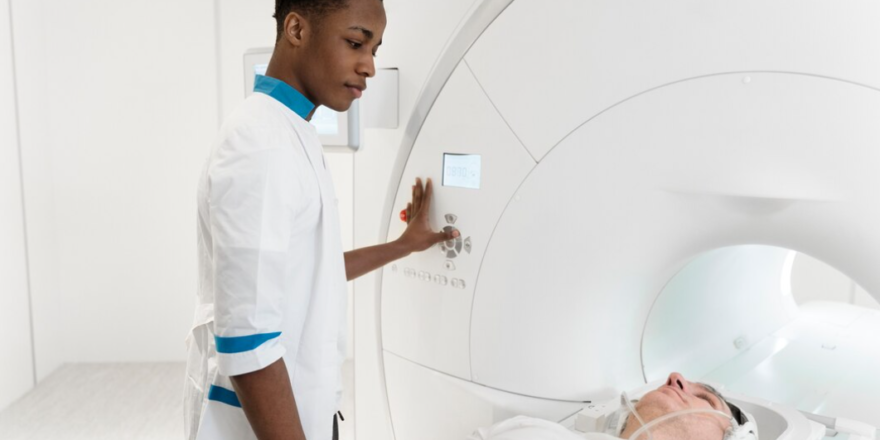What every clinician needs to know
Critical care of the injured patient is little different from critical care in general, with a few important exceptions. First, injury is often associated with hemorrhage and the sequelae of post-hemorrhage resuscitation, although some patients do continue to bleed after ICU admission, while others have recurrent hemorrhage. Second, injury identification is often incomplete when immediate operation is required, so radiographic or angiographic assessment is often required after ICU admission. Third, injured patients requiring critical care are at risk for the abdominal compartment syndrome as a result of resuscitation. Fourth, this patient population often requires a multidisciplinary team to care for them both in the ICU and afterwards on the general ward. Fifth, readmission to the ICU is common as this patient population often requires additional reconstructive procedures after they have recovered from the initial injury.
Clinical features
While both blunt and penetrating injury may require critical care, there are several common features to both patient subtypes, including hypoperfusion, large-volume resuscitation, hypothermia, metabolic acidosis, tissue injury, tissue inflammation, acute respiratory failure, and multisystem injury. Increasingly, both blunt and penetrating injury may be managed either primarily or secondarily using angiointerventional techniques. Furthermore, blunt injury is quite often managed with observation alone. Thus, many injured patients are cared for in the ICU without any acute operative intervention.
Key management points
Key management points in this patient population are:
1. Ensure appropriate resuscitation.
2. Ensure that hemorrhage is controlled, including restoration of normothermia, correction of acidosis, restoration of normal clotting cascade factor concentration, and correction of hypocalcemia and hypomagnesemia.
3. Complete injury identification
4. Monitor for complications of the initial injury or the prescribed ICU therapy, in particular abdominal compartment syndrome.
5. Watch for the sequelae of withdrawal from alcohol or illicit substances.
6. Establish the goals of therapy and appropriate expectations for management with the family; engage the trauma service and the nursing staff as well.
7. For those with deteriorating neurologic status associated with a likely non-survivable injury, early discussion with the local organ procurement organization will optimize opportunities for organ donation when appropriate.
8. Ensure that a complete tertiary survey to look for missed injuries is performed within 24 hours of admission.
Emergency Management
Emergency management of the critically ill injured patient is similar to other ICU patients, with a few important exceptions. These exceptions generally cluster around fluid resuscitation, and in particular massive transfusion for the management of coagulopathy-associated hemorrhage. In this setting, management priorities include:
1. Establishing large-bore IV access, optimally sheath introducer access (8 Fr or larger) to allow rapid infusion of large volumes of warmed fluid and blood components
2. Activation of a massive transfusion protocol (one should be created if it does not exist)
3. Component therapy should proceed in a 1:1:1 ratio of PRBC:FFP:Platelets; this ratio is associated with improved resuscitation as a result of more rapid coagulopathy correction and reduced total component requirement.
4. Monitor for the sequelae of massive transfusion, including the abdominal compartment syndrome.
5. Systematic evaluation for sources of ongoing hemorrhage, including physical examination, serial hemoglobin measurement, serial coagulation profile monitoring, repeat CT scan, and occasionally angiography with or without embolotherapy
6. Not infrequently, repeat laparotomy or thoracotomy is required for control of hemorrhage, GI track leak or compartment syndrome management. Maintain a low threshold for reexploration or initial exploration of those who fail to respond to non-operative management.
7. Repeated physical examination is essential to identify changes that would prompt a change in therapy or suggest the need for a different or repeated diagnostic intervention.
Management points not to be missed
A tertiary examination is essential to help ensure that initially missed, incompletely evaluated, or inapparent injuries are identified and managed.Up to 4% of patients will have missed injuries at Level I trauma centers.
Diagnosis
Specific diagnoses are not different from the general ICU population, with the exception of diagnoses specific to the initial injury. In general these are already identified on plain radiography or CT scanning undertaken prior to or shortly after ICU admission and are guided by the Trauma service. However, one specific diagnosis deserve exploration since it is generally not as urgent as other conditions and is often not promptly addressed: cervical spine ligamentous injury.
The vast majority of blunt injury patients present to the ICU with a rigid cervical immobilization device in place; field or ED placement is standard of care for the pre-hospital care provider as well as the Emergency Medicine or Trauma physician. Clearing the spine so that the device may be removed is rarely straightforward in the ICU patient due to concomitant injury, altered mental status, distracting injury, pharmacologic or alcohol withdrawal, traumatic brain injury, deep sedation, and a host of other conditions.
In this circumstance, one may undertake three approaches: (1) cervical MRI within 72 hours of injury (sensitivity and specificity wanes after 72 hours), (2) 6 weeks of rigid immobilization, or (3) leave the collar in place until the patient can participate in an active flexion/extension examination or 6 weeks, whichever is shorter. Since clinical clearance in the seriously injured patient is problematic, one must have a consistent approach to successfully manage this aspect of care.




